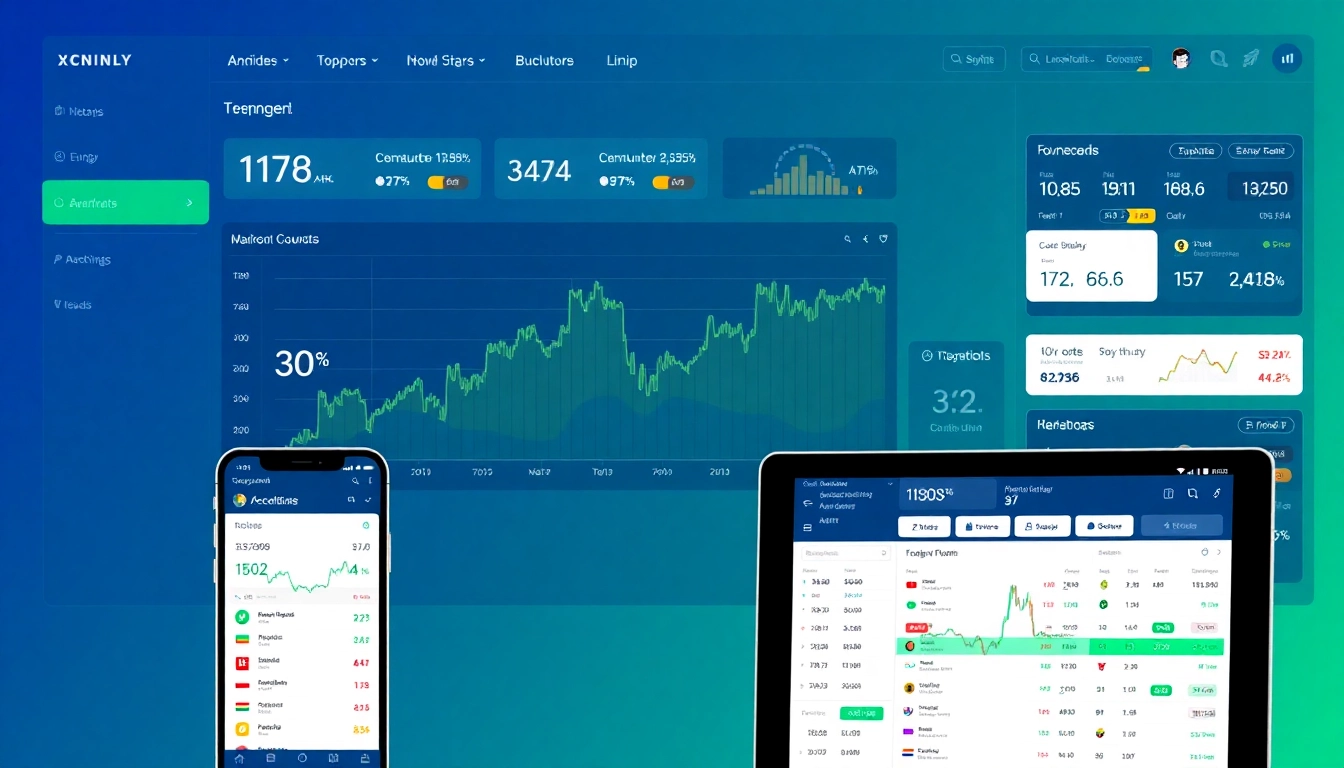
Introduction to Human or Not AI: A Social Turing Challenge
In an era where artificial intelligence is advancing rapidly and permeating various aspects of our daily lives, the ability to discern between human and machine interaction is more crucial than ever. Enter human or not: a groundbreaking social Turing game designed to challenge your perception, intuition, and critical thinking. This innovative game not only offers entertainment but also serves as an insightful tool for understanding AI capabilities and limitations in conversational contexts. By engaging with this platform, players become active participants in a real-world AI-awareness experiment, testing their skills in distinguishing genuine human responses from those generated by sophisticated AI models.
Understanding the Game’s Core Concept
The essence of human or not lies in its simplicity and depth. Participants engage in a two-minute chat with an anonymous entity—either a real person or an AI-powered bot. After the interaction, players must declare whether they believe they’ve spoken with a human or an artificial intelligence. The core challenge is built around the classic Turing test—the principle that if a machine can convincingly imitate human behavior to the extent that an evaluator cannot reliably tell the difference, then it exhibits human-like intelligence. Unlike traditional Turing tests that often involve long-form assessments, human or not emphasizes brevity and immediacy, making each decision impactful and the game highly engaging.
Why Discerning Human from AI Matters Today
The importance of distinguishing between humans and AI transcends mere curiosity. As AI systems like GPT-4 and other generative models achieve unparalleled conversational fluency, they blur the lines between authentic and machine-generated responses. These developments raise vital questions about misinformation, digital authenticity, and the ethical use of AI in online interactions. For consumers and creators alike, recognizing AI-driven communication is critical to maintaining trust, ensuring informed decision-making, and fostering a healthy digital ecosystem. Moreover, the skill of identifying AI entities reinforces media literacy, critical thinking, and technical awareness—traits increasingly vital in our interconnected world.
Additionally, understanding AI’s persuasive and conversational capabilities helps users leverage these technologies responsibly. It also prompts developers and companies to consider safeguards against misuse, such as deepfake communication or automated misinformation campaigns. Participating in games like human or not transforms casual engagement into active learning, reinforcing societal resilience against AI-related threats.
Brief History and Development of the Game
The origins of this social Turing game trace back to fundamental questions posed by Alan Turing in the mid-20th century, which challenged researchers to develop machines capable of human-like intelligence. Over the decades, AI technology evolved from simple rule-based systems to complex neural networks capable of generating human-like text, images, and sounds. Recognizing the educational and social implications of these advancements, developers created interactive platforms that simulate real conversations—such as human or not—to explore these boundaries in real time.
The platform’s development involved integrating cutting-edge AI models like GPT-4, known for its nuanced understanding and contextual responses. Its creation aimed not only to entertain but also to serve as a practical tool for AI literacy and social experimentation. The game has steadily grown in popularity, attracting players worldwide who seek both entertainment and insight into AI’s capabilities. Features such as anonymous participation, real-time interaction, and statistically analyzed results make the game a unique blend of fun and research, making it a prime example of how gamification can accelerate AI literacy.
How to Play Human or Not: Step-by-Step Guide
Starting Your First Game Session
Getting started with human or not is straightforward. Simply visit the official website, which is designed to be highly responsive and compatible with desktops, tablets, and smartphones. Once on the platform, click the “Start Game” button, and you’ll be paired with an anonymous chat partner. Your task: converse for two minutes without knowing whether you’re talking to a human or an AI. The interface is intuitive, with chat bubbles appearing live as you interact, mimicking familiar messaging apps. No downloads or registrations are needed, making it accessible for casual players and AI enthusiasts alike.
Key Tips for Accurate Judgments
To excel at the game and improve your success rate, consider these expert tips:
- Pay attention to response continuity: Humans often produce responses grounded in past conversation context, while AI responses, despite their sophistication, may sometimes lack deep contextual coherence.
- Notice communication style: Humans tend to display emotional nuances, humor, or personal anecdotes, whereas AI responses can be more formal or overly generic.
- Avoid stereotypical questions: Asking innovative or open-ended questions can trigger more natural responses that are easier to recognize.
- Observe response speed: AI responses are typically faster; lag or pauses can sometimes indicate human interlocutors.
Common Pitfalls and How to Avoid Them
Recognizing false cues is critical. Some common pitfalls include:
- Over-interpreting: Attribution of human traits to AI due to misreading responses can lead to incorrect guesses. Focus on consistency rather than isolated cues.
- Assuming AI is perfect: While AI can mimic humans convincingly, it still has limitations—look for subtle anomalies or repetitive patterns.
- Misjudging response complexity: Higher response complexity may suggest AI, but humans can also be unpredictable. Use a combination of cues for best judgment.
The Role of Technology in Human or Not AI
AI Models Powering Realistic Chats (GPT-4, etc.)
The backbone of human or not is comprised of state-of-the-art AI technologies, predominantly large language models like GPT-4. These models utilize deep neural networks trained on vast datasets, enabling them to produce responses that are contextually relevant, coherent, and sometimes indistinguishable from human speech. GPT-4’s ability to understand subtle nuances—such as humor, sarcasm, or emotional undertones—makes the game both challenging and fascinating. The continual evolution of these models means that conversations are becoming increasingly natural, raising the stakes for players attempting to distinguish between human and AI interlocutors.
Privacy and Security Measures for Users
Ensuring user trust and safety is a priority for the platform. Conversations are conducted anonymously, with no personally identifiable information collected or stored without explicit consent. Data transmitted during gameplay is encrypted to prevent interception, and the platform complies with stringent privacy policies aligned with global standards such as GDPR. Furthermore, the AI systems used are designed not to store or misuse conversational data, emphasizing user confidentiality and ethical AI practices.
Future Advancements and Feature Updates
Looking forward, human or not aims to integrate even more advanced AI models, incorporating multimodal capabilities such as voice, images, and video in multiplayer scenarios. Planned features include more sophisticated scoring systems, community leaderboards, and real-time analysis of conversational cues. Open dialogue with the community ensures continuous improvement, aiming to keep the game not only engaging but also at the forefront of AI detection research. These innovations will further challenge players’ perceptual skills while contributing valuable data to understanding human-AI interaction boundaries.
Why Engage with Human or Not: Benefits & Insights
Enhancing Critical Thinking Skills
Active participation in human or not sharpens critical faculties. Players learn to analyze subtle cues in language, tone, and response patterns, skills that are transferable to numerous domains such as cybersecurity, journalism, and digital communications. Regular gameplay develops an intuitive sense for detecting AI, helping users stay vigilant against misinformation and deepfake content. Moreover, the game encourages questioning assumptions, fostering a mindset attentive to nuances often overlooked in casual conversation.
Participating in AI-awareness Conversations
Beyond individual skill-building, engaging with the platform stimulates community-wide dialogue about AI’s societal impact. Players exchange insights and strategies, collectively exploring how AI-generated content influences public perception and personal relationships. In turn, this fosters a broader AI literacy, empowering users to critically evaluate digital information and recognize potential manipulations. As AI becomes more ubiquitous, such awareness initiatives are vital for a resilient digital society.
Contributing to AI Research and Understanding
Every interaction on human or not provides anonymized data points that contribute to ongoing research into AI behavior patterns and human perception. Developers analyze aggregate responses to refine AI models, improve detection algorithms, and study how humans adapt to increasingly realistic AI interactions. By playing, users become part of a live research network, influencing technological development while gaining firsthand experience of AI’s evolving sophistication.
Getting Started & Joining the Community
Accessing the Game on Devices
The human or not platform is optimized for cross-device access, ensuring seamless gameplay whether on desktop, tablet, or smartphone. Its responsive design guarantees an engaging experience regardless of screen size. Simply visit the website, and you’re ready to challenge your perception skills. The interface minimizes friction, offering quick start options and intuitive navigation for all users, from casual learners to AI aficionados.
Community Feedback and Testimonials
Players worldwide consistently report that the game is both entertaining and enlightening. Testimonials highlight its capacity to challenge assumptions and improve perceptual acuity.
“Mind-Blowing Fun! Playing Human or Not made me realize just how human-like AI responses have become. It’s a thrilling experience that keeps me coming back.” – Alex J.
“A True Test of Perception. As someone interested in psychology, I find this game fascinating. It pushes you to be more observant and critical.” – Samantha W.
“Incredibly Engaging Game. I love how it combines fun with learning. It’s my favorite way to test my instincts about AI.” – Rahul S.
Join Discussions and Social Media Updates
Stay connected with a vibrant community on social media platforms where players share tips, experiences, and debates about AI developments. Regular updates and new features are announced through these channels, fostering a sense of shared curiosity and learning. Participating in online forums and feedback sections helps shape future versions, ensuring the platform evolves with user needs.






